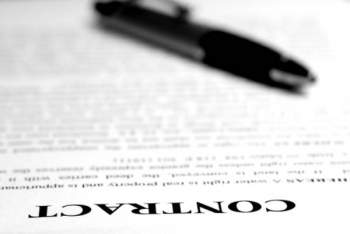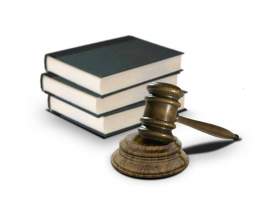
3 Major Stems to Proprietary Estoppel

Proprietary estoppel is a legal claim that can arise in relation to land use rights of the owner and may be an effect that develops in connection with disputes that arise from transfers of ownership in the event the transfer is disputed.
There are three major stems under which proprietary estoppel can develop. Proprietary estoppel can develop if:
1. One party represents themselves as having transferred a land interest to another party but their actions have no legal effect,
2. A party only promises to transfer the land or property interest to another party but does not do so despite the expectation that the other party will be affected by detrimental reliance in order to spend money,
3. or in some other manner act to their own detriment due to the promised transfer of property.
The 1880 case of Wilmott v. Barber established five elements that had to be established before proprietary estoppel could apply. These elements are:
1. The claimant (plaintiff) must have made a mistake as to his or her legal rights,
2. The claimant must have made some act of detrimental reliance,
3. The defendant, who possesses the legal right, must know that his own right exists and is inconsistent with the right that has been claimed by the claimant,
4. The defendant must know the claimant’s belief is mistaken, and
5. The defendant must have encouraged the claimant to engage in the detrimental reliance.
In American law proprietary estoppel is not a distinct form of estoppel, and is instead considered a part and parcel of the general doctrine of promissory estoppel.



















